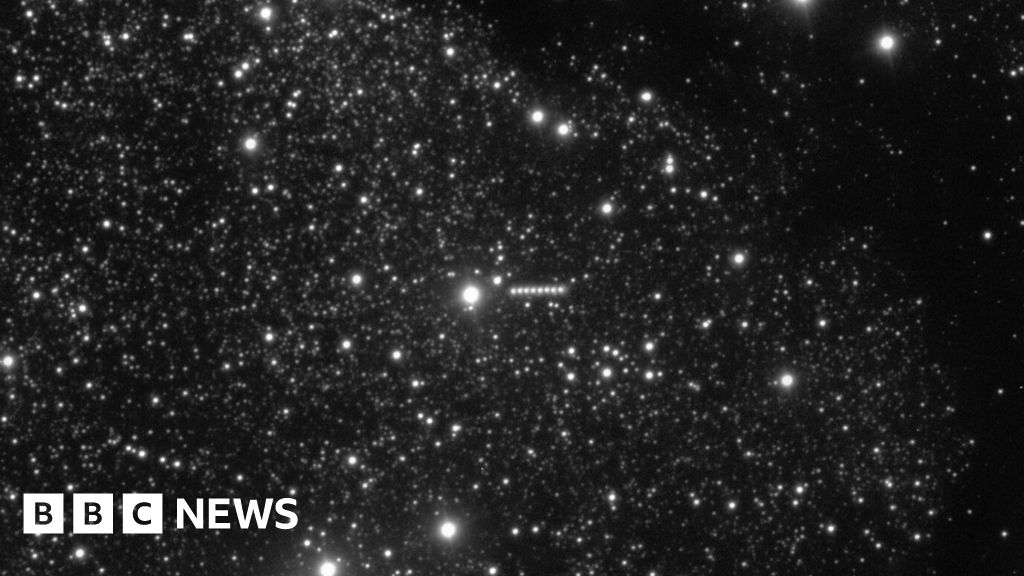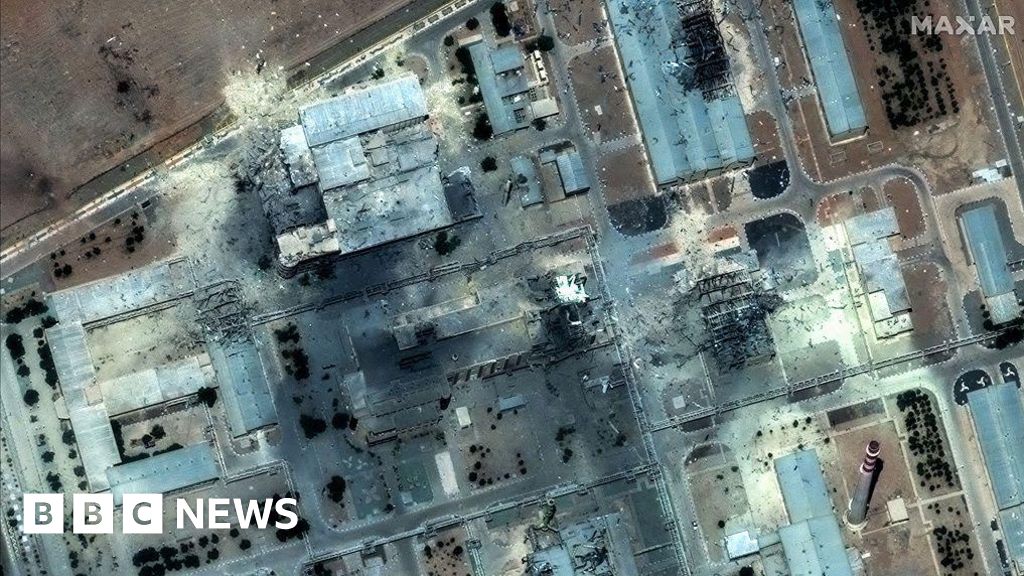Key Takeaways
- Sei is a layer-1 blockchain optimized for high-speed trading and decentralized finance (DeFi) applications.
- Sei is transitioning to an EVM-only architecture, phasing out Cosmos compatibility to streamline development and enhance performance.
- Sei’s total value locked (TVL) has surged to $363.1 million in Q1 2025, reflecting robust growth in its DeFi ecosystem.
- Canary Capital has filed an S-1 registration statement with the U.S. Securities and Exchange Commission (SEC) to launch the first-ever ETF focused on SEI.
Sei is a high-performance layer-1 blockchain built for speed, scalability, and seamless trading. Designed with DeFi and high-throughput applications in mind, Sei combines lightning-fast finality with Ethereum compatibility to offer a next-gen user and developer experience.
With the introduction of Sei Giga, the network could launch a groundbreaking multi-proposer architecture—unlocking speeds of up to 200,000 transactions per second.
Here’s a closer look at what sets Sei apart.
What Is SEI Blockchain?
Sei Blockchain is a layer-1 blockchain built on the Cosmos SDK, specifically designed for decentralized exchanges (DEXs) and high-frequency trading applications.
You’ll Want To See This
However, Sei is currently undergoing a significant architectural shift. The network is transitioning to an EVM-only model, phasing out Cosmos compatibility to simplify development and enhance performance.
Sei Labs’ whitepaper for Sei Giga discusses a next-gen upgrade to the Sei blockchain that introduces the first multi-proposer EVM layer 1—designed to supercharge blockchain speed and scalability.
Key highlights:
- Up to 200,000 TPS and 5 gigagas throughput
- Sub-400ms finality for near-instant transactions
- EVM-compatible, so Ethereum apps run seamlessly
- Parallel block proposals via a new “Autobahn” consensus system
- Custom-built execution engine, not a fork of Ethereum’s existing clients
Why it matters?
Sei Giga aims to meet the performance needs of real-world apps—making DeFi, gaming, and trading platforms faster and more reliable, all while staying compatible with Ethereum.
How SEI Blockchain Works
Sei leverages Tendermint Core and the Cosmos SDK to create a customizable and modular blockchain. Its consensus mechanism is based on Delegated proof-of-stake (DPoS), where validators are elected by token holders to secure the network and confirm transactions.
A few technical highlights include:
- Optimistic block processing: Allows SEI to process transactions faster by speculatively executing them before finalization.
- Parallel execution: Enables parallel transaction processing, significantly boosting throughput.
- Native order matching engine: Removes the requirement for third-party infrastructure by enabling orderbook functionality at the protocol level.
These developments ensure that SEI can satisfy the exacting performance standards set by modern trading platforms.
Key Features of SEI Blockchain
The features that SEI Blockchain offers are tailored to developers, traders, and end users seeking a robust blockchain experience. Some of the most significant ones are as follows:
- High throughput: Sei Giga targets an impressive throughput of 5 gigagas per second, a 50-fold enhancement over current EVM mainnet capabilities.
- Low latency: Users encounter very little wait time between the start of a transaction and its confirmation due to sub-second finality.
- Built-in order matching: Offers an integrated orderbook and matching engine, which lowers slippage and gas fees compared to external smart contracts.
- Interoperability: While transitioning to EVM-only, Sei aims to maintain interoperability features to facilitate communication with other blockchains.
- DeFi-optimized: Every technological decision is designed with decentralized finance in mind, providing developers with the resources they need to create scalable dApps.
- Secure and decentralized: With a robust validator set and DPoS consensus, SEI ensures security without compromising decentralization.
SEI Blockchain vs Traditional Blockchains: What Sets It Apart?
Traditional blockchains like Ethereum are often limited by scalability and high transaction fees. SEI addresses these shortcomings with its performance-oriented design.
| Features | SEI Blockchain | Ethereum | Solana |
| Finality time | <1 second | ~15 seconds | ~0.4 seconds |
| Consensus mechanism | DPoS (Cosmos SDK) | PoS | PoH + PoS |
| Use case focus | DeFi & Trading | General-purpose | General-purpose |
| Native order matching | Yes | No | No |
| Parallel execution | Yes | Limited | Yes |
Benefits of Using SEI Blockchain for Developers and Users
SEI provides a low-friction, high-performance environment for developers. The built-in matching engine and parallel transaction processing reduce the complexity involved in building DEXs. This boosts efficiency and drastically shortens development time.
For users, the benefits offer:
- Faster transactions: Take advantage of faster execution, perfect for trading in real time.
- Lowered fees: Network fees are reduced due to built-in efficiency.
- Increased availability: Interoperability and wallet integration with different Cosmos chains are being re-evaluated in light of the transition to EVM-only architecture.
Real-World Use Cases and Applications of SEI Blockchain
The architecture of SEI Blockchain is especially well-suited for a variety of uses beyond DEXs:
- Decentralized finance (DeFi): Protocols can offer better trading, lending, and borrowing capabilities.
- NFT marketplaces: SEI can enable rapidly evolving NFT platforms with reduced latency and fees.
- Gaming: High transaction speed is essential for blockchain-based gaming platforms. In Q1 2025, average daily gaming transactions increased 79.8% quarter-over-quarter to 354,000.
- Prediction markets: Users can place and match bets in real-time. The blockchain’s performance-oriented structure opens up numerous possibilities for developers across sectors.
SEI Ecosystem: Tools, Partnerships, and Community Growth
SEI is quickly expanding its ecosystem with an increasing number of initiatives, tools, and strategic alliances. Among the noteworthy components are:
- Developer toolkits: SDKs and APIs for seamless development.
- Wallet integrations: Compatible with Leap, Keplr, and other well-known wallets.
- Cross-chain bridges: Facilitating the transfer of assets between other blockchains and SEI.
- Strategic collaborations: Partnerships with infrastructure providers and DeFi projects to increase functionality.
- Institutional interest: Canary Capital’s filing for a SEI staking ETF and Jamie Finn’s appointment as a strategic advisor highlight growing institutional engagement.
The SEI community is quite active, offering frequent hackathons, upgrades, and training materials to aid in the onboarding of new developers and users.
How to Get Started with SEI Blockchain
Getting started with SEI Blockchain is straightforward. Here’s a step-by-step guide:
- Create a wallet: Store SEI tokens in a Keplr or Leap wallet.
- Access SEI applications: Use the wallet browser or SEI ecosystem websites to access dApps that are integrated with SEI.
- Get testnet tokens: Use the SEI faucet to obtain tokens if you’re experimenting.
- Join the community: Engage in developer communities, Discord channels, and SEI forums.
Regardless of your role—trader, investor, or builder—SEI provides the resources and ecosystem support you need to participate successfully.
The Future of SEI Blockchain
SEI’s ambitious plan includes enhancing scalability, introducing governance features, and boosting cross-chain interoperability. Future advancements are anticipated to concentrate on:
- Sei Giga: Aiming to achieve up to 200,000 TPS with sub-400ms finality, significantly boosting performance.
- Enhanced developer support: More tools and documentation.
- Increased ecosystem funding: Developer incentives and grants.
- Global expansion: Growing presence in regions with high Web3 adoption.
The long-term vision is to position SEI as the go-to blockchain for all high-performance financial applications.
Conclusion
SEI Blockchain stands out as a purpose-built Layer 1 solution that addresses the unique needs of trading and DeFi applications. SEI is positioned to become an essential component of the Web3 infrastructure because of its emphasis on speed, scalability, and user experience.
Platforms like SEI that blend technological innovation with real-world usefulness will probably influence the direction of decentralized finance and beyond as blockchain use grows.
FAQs
What makes SEI different from other blockchains?
SEI’s unique features include its Twin-Turbo consensus mechanism, native order matching engine, and focus on trading infrastructure. These elements distinguish it from general-purpose blockchains by providing specialized support for trading applications.
Can developers build on SEI?
Yes, SEI offers a developer-friendly environment with support for CosmWasm smart contracts written in Rust, interoperability through IBC, and comprehensive development tools and documentation.
What is the SEI token used for?
The SEI token serves multiple purposes within the SEI ecosystem, including paying transaction fees, staking for network security, and participating in governance decisions.
Disclaimer:
The information provided in this article is for informational purposes only. It is not intended to be, nor should it be construed as, financial advice. We do not make any warranties regarding the completeness, reliability, or accuracy of this information. All investments involve risk, and past performance does not guarantee future results. We recommend consulting a financial advisor before making any investment decisions.
Was this Article helpful?
[ad_2]
Source link



















